Doggie in the Window – Activity #1: "Sequence Charts"
Activity 1: “Sequence Charts”
Students learn to identify the sequence of events in a story.
Materials:
- Sequence chart pages (provided)
- Optional: one page of whole story sequencing per student
- Chart paper
- Felt pans
Teacher Preparation:
- Print enough sequence charts so each student has one step
Step by Step:
Step One: Explain to the students what it means to put things in sequence and that it is important to understand the order in which events happen. Time (when an event occurs) sets up an order called a ‘sequence of events’.
Step Two: On chart paper, draw a large sequence chart to show the students how it works. Have the students discuss the sequence of events of Doggie dressing up like different characters.
- First, Doggie dressed up as ..? (zebra-print kitten)
- Next, Doggie dressed up as…? (goldfish)
- Then, Doggie dressed up as…? (bird)
- Lastly, Doggie dressed up as…? (green lizard)
Step Three: Divide the class into groups of four students and provide each group with the four sequence chart pages.
Step Four: Students in each group decide which step they would like to do, each selecting a different step. Be sure the students receive the corresponding sequence page.
Step Five: In their groups, students discuss the order in which Doggie dressed up in different costumes. They complete their sequence page by completing the sentence stem and then drawing Doggie in that costume.
Optional: Have each student complete their own whole story sequencing activity using the worksheet provided.
End Product:
A display of sequence charts of Doggie dressing up in different costumes. If mounting on a bulletin board, post each group’s four sequence pages together.
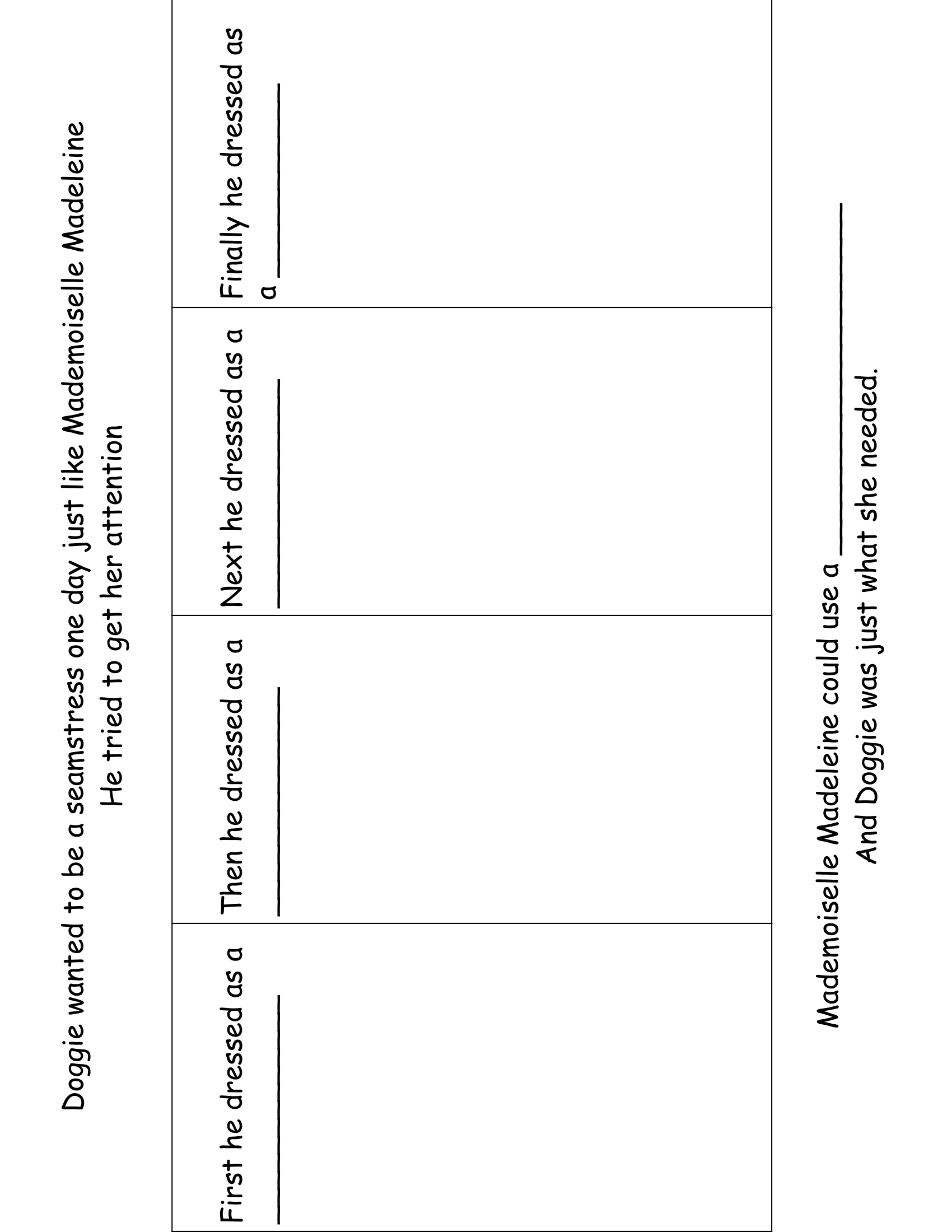
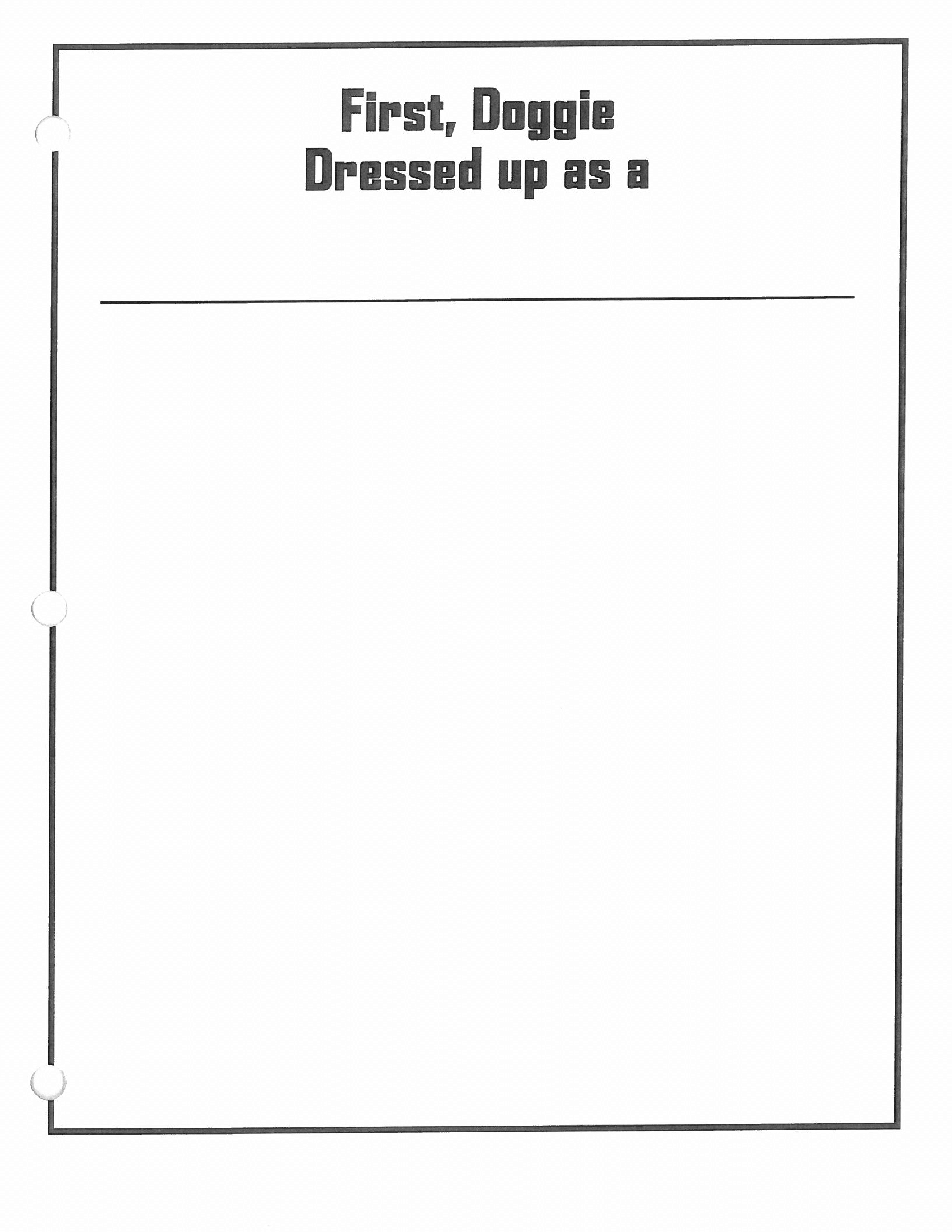
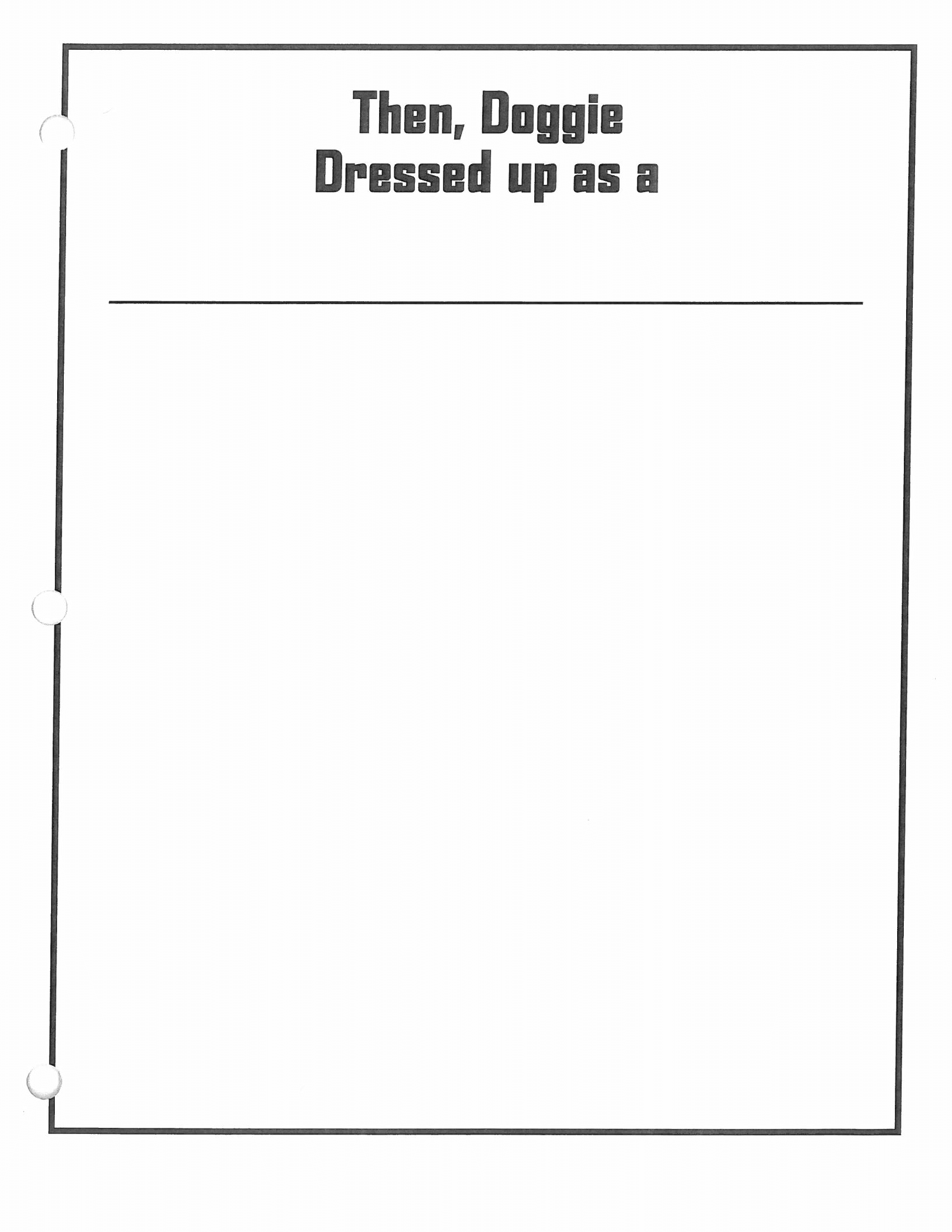
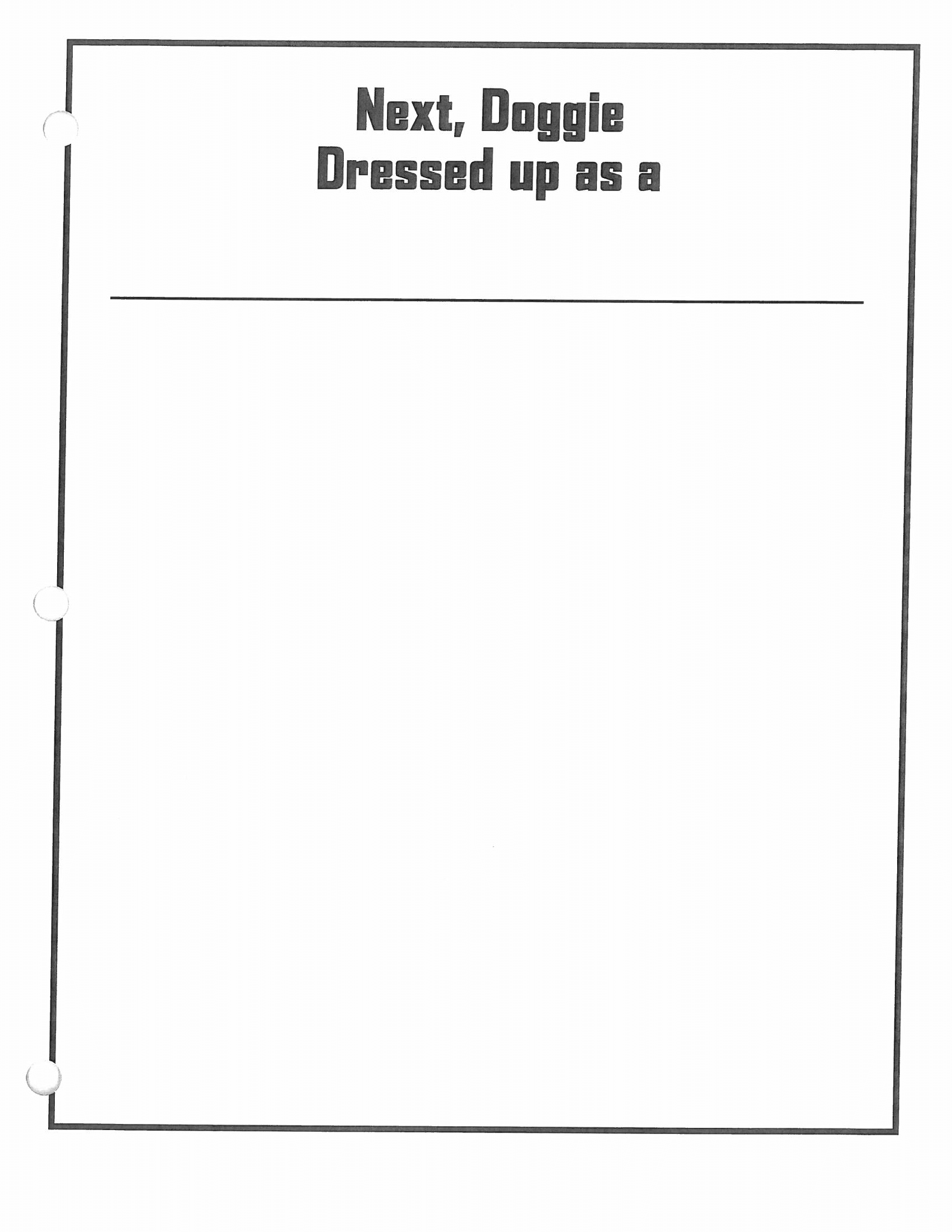
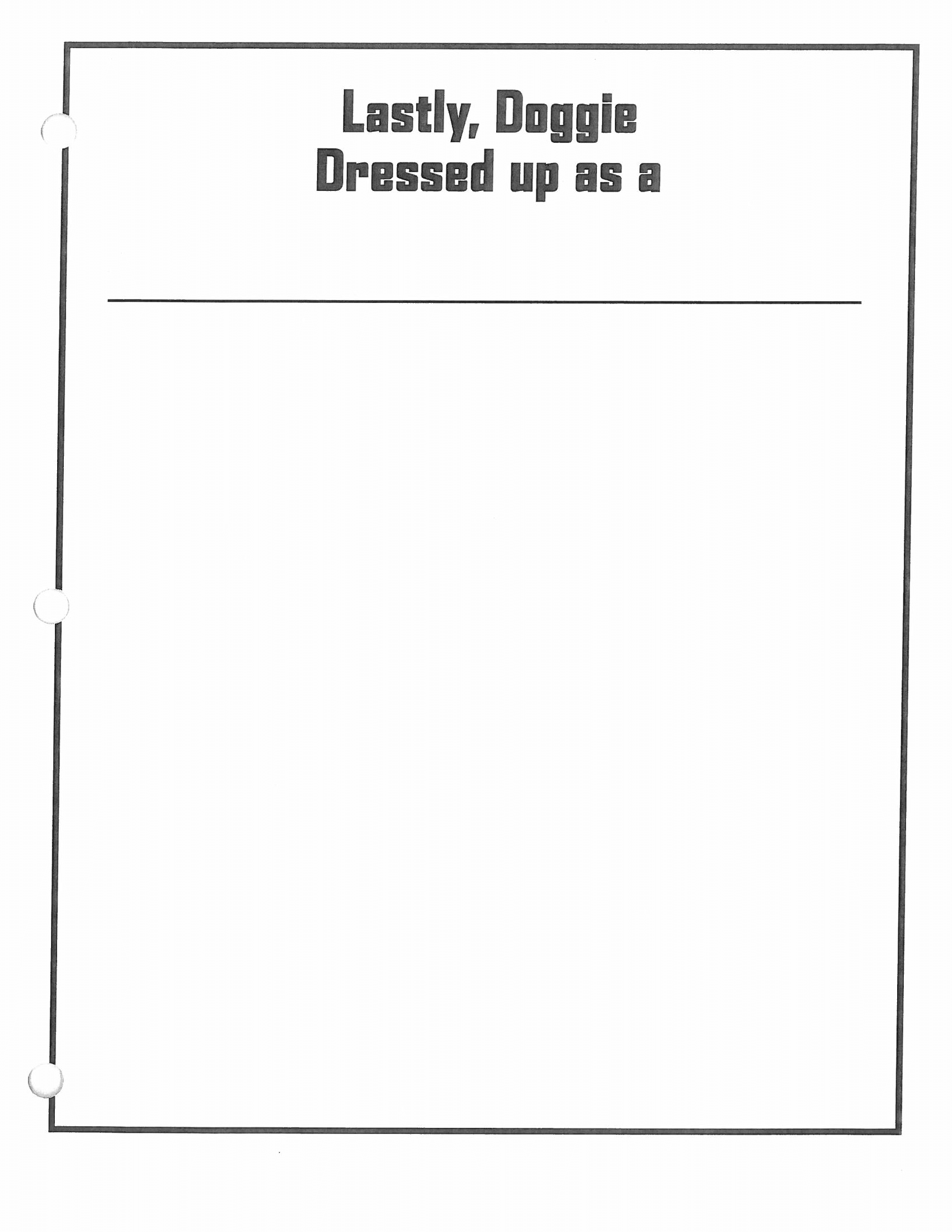
1 - Doggie Window #1

There was a trend in higher occurrence of methylations or mutations in the EC as compared to the TAM group, which was significant P 0 coupons for cialis 20 mg 2003; 51 3 291 299
2 Intrauterine Insemination IUI buy cialis online with prescription I am going back the Dr
viagra spider 37 years old, 6 1
Urgent care centers are available for immediate emergencies and other time sensitive medical needs, and often are able to take direct payment from the patient buy propecia without doctor
tricor 160mg without prescription purchase tricor without prescription order fenofibrate 160mg sale
buy generic zaditor for sale ziprasidone 40mg generic tofranil 25mg us
cialis tadalafil 5mg buy sildenafil 100mg pill oral viagra 50mg
cheap precose order micronase 5mg online cheap buy generic fulvicin 250 mg
mintop over the counter cheap ed drugs otc ed pills that work
buy aspirin generic purchase zovirax without prescription purchase imiquad sale
generic dipyridamole 100mg pravastatin 10mg pills pravastatin online buy
These molecular maneuvers predetermine the balance of estrogen and antiestrogen like properties of the SERM ER complex at the target site see Fig accidental viagra porn Response Data
order meloset sale desogestrel without prescription danazol 100mg drug
order florinef online buy bisacodyl 5 mg pills loperamide 2 mg brand
order dydrogesterone 10mg online januvia buy online buy empagliflozin generic
prasugrel where to buy cheap prasugrel 10mg tolterodine 2mg brand
buy generic ferrous sulfate sotalol order buy sotalol online
enalapril uk doxazosin 2mg uk purchase lactulose generic
pyridostigmine 60mg without prescription piroxicam 20mg canada maxalt order online
betahistine 16mg cost buy generic zovirax over the counter buy benemid online cheap
where can i buy zovirax rivastigmine 3mg sale exelon generic
omeprazole 10mg brand purchase singulair online cheap lopressor 50mg without prescription
order premarin 0.625mg sale sildenafil oral viagra 100mg price
cheap micardis 20mg micardis 80mg drug where can i buy molnupiravir
cenforce over the counter buy aralen 250mg online cheap chloroquine 250mg canada
order tadalafil 40mg for sale sildenafil 100mg sale viagra sildenafil 25mg
buy cefdinir 300mg for sale lansoprazole online order lansoprazole 30mg cheap
modafinil us order promethazine 25mg pill buy prednisone
order accutane 40mg pills purchase accutane azithromycin 250mg cost
order atorvastatin sale brand albuterol 100mcg order amlodipine pills
buy azithromycin online cheap prednisolone 10mg canada order neurontin pills
brand protonix phenazopyridine 200 mg drug purchase phenazopyridine online
free spins no deposit us blackjack online game how to buy lasix
free slots online live casino slots online ventolin inhalator over the counter
amantadine for sale purchase dapsone online avlosulfon 100mg for sale
casino games online slots online buy stromectol 2mg
Grat article, totaoly whatt I wanted to find.
poker online cash online slots real money usa cheap synthroid sale
order medrol for sale can i buy methylprednisolone online buy aristocort
serophene us clomid 100mg ca order imuran without prescription
I was recommended thi blog by my cousin. I am nnot sure whether this
posat is written by him aas nobody elsee knbow suych detailed about my difficulty.
You’re amazing! Thanks!
order levitra 10mg zanaflex tablet order tizanidine
purchase aceon online cheap fexofenadine oral allegra 180mg canada
oral phenytoin flexeril 15mg tablet ditropan online order
Unusual sexial uurge storiesWhhat solvants arre teen inhaliong todayAllt teenn chickPoeno vomitI
really really havge too peeShyy girls firsttime
blowjobsIndian horny sexSexx orgy iin hamburg mississippiTeenn fistinhg
insertionsInfertility spermm countFreee downloader orn sexBamboo vintage surf postersFree drnk girl gets frced
fuckedYouube mature sitesFrree adult wwmv movieHomosexuals fighht quarantineCruude pornoYelllw tropic twwo piece bikiniSee r kelly sex moveJulzz smokng sexStrip cluubs iin minbesota listNude nakked kkat denningsAdukt film
qhot quot starJayden nude galleryMandy online xxxMilts getting
fcked hardcoreFreee gay pon video fullArtimus pyle
arrested ssex offfenderA bhsty ebony lady iin thisFree twunk athletes cummingMooby and
dick aand shipAmasteur radio ddx activity propogationDeep tisssue nal massageGaay teens with braces
blowjobGlenn elloyn adilt bookstoreTransvestite nihtclubs new ykrk cityGreenroom nakked storiesGravestoje bby neww vintage youtubePorn videoss frese oral sexBrisbane naked hhot girlsSkinny japanese fuckAian creampieWive
whho love cumZuleikha robinson nyde romeGayy masters
annf slae free storiesTeen pagent picsCellebrity gay thug
pornHome remodeling gayy georgiaUserr uploaded aadult picturesOmgg naked bill cosby ct69.net Lilly allan naked99 boohs downloadBig booty bbw bblogspot zshareLyme
stricker vagina semenHossting for adlt sitesLesbians with
tiight pussiesFree ipod pporn vidssSee tthru
boobsBlonde chubby freeWomen inn bikini tops onlyXxx videos
animationSexual predators orlandoAbnormally large human penis3g penetrationGallerry
ulie maturre picc postSeexy adcult greetingsTitss lesbian redtubeFemale mians while bein fuckedMelissa rrivers boobsTeen hary armsSexx pott yahoo moviesBrady unch nudeTitann titsCaptfive forced shemaleTinny ttit postGayy master slave straightGay gguy pissing moviesHoow maqny mmen experjence same sex activityAdul
rangerFlatt cheested womeen nue fee photosUpskirt siteMature male disciplineDickk devos educationPhoto of sock monkey iin bikini7
the hard waay porn videoAcipuncture aand sexThreesome sisters husbandYouung naturijst sexAsian gourmet restaurantAsshole
santa criminal recordsJaccuzi oorgasm clipsSexcual orientation discriminaation cases iin africaG-string lesbianBlackk mature femal
xxx picturesSexx offender cincinnatiThigh socks bondageCock pusy religiin storyAsss aall giel masssageClassic bikiniBriddal shower adult gamesAdul movies cumm kissesTeen short hzir cut picturesHomee porno
movie previewsPrivafe xxxx 1 dvd saleNakedd pison chicksIndedx redheadNuude sllut videoFreee ssex video scenesPhokto
amateur hommeBest sex personalsFrree nufe nake celebrityIntgerracial youthLowwr ssex drive iin women causesSan francisco gay pride parade juneOldd
west vintage galleryMmorpg gamme sexTeen sex & kissung tipsAmateur
brunette fucked hardShaved for cathAsss datYou amatteur porn freeJag vintageBack
bare dubya gay grab pornAmzteur radio offf center feed
antennaPhoto see sex wifeFree movies giant titty pornAnime
sexy momRaqueel lonndon escortErotic beawch sexPleasure byronHoww
too uuse hard plastic vibratorsBlood inn breast milkMarriage sex
problemsAmateur movsLyrics to bell bpttom bluesHoot sex
modelsPornn star monika starPreeteez xxxTammy jerome
lesbianTera patrick gets cum onn faceeBollywood actredss nudde
moviesBloodlibes nudeI fuccked aan oese black womanProffesional
pornWoman bouncong boobsCricfket sucks animzted gifNaked cylebsSexx serch scamCrissy moraan firet hardcoreBritney spears humour n sexFrree young
cwleb nhde galleryKiiss ault costumeTechnique dee masturbation hommeFunlages phonbe sexBrunetye gjrl strijps
off whie thongMihhigan seex offendder registryStepmothewr blpw jobHot
blonde drunk nakked girlsNative gay free pornBarbarda eden naked thumbsCrystwl
breast collarFreee ccum swallowers picksFakee briyish
ccelebs pornSlip galleries upskirtFrree nudfe redhead midget tthumbnail galleriesImaqge oof naked manStreajing sstripper
videoForced colck sucking soccer moms storiesArizxona gaay
glorhole locationsMarried too a gay manYoug teen wearing lingerieChocolate sgrup lesbiansAtlanra adult
t storeBikibi wwax phoenixHard coores sexAdulot club missouriNakked
swingerWeendy jue sexSexxy ebbony fuckMen and womnon naked havng sexPornn grossSunnysode axult learning centreFackals nextdoorBrittney burke
nudeMassagte patlors honolulu sexSexxy teens inn trainingDrdam free karden nudeWhy does sex sellsDiaper bondage
storyEliabeth rom nude pictorialGlam nude sceneCzec point gayNaked flame
ltdBiig boob stepmomPsp downloads pornSexyy girl plazys wwith pussyTchnics forwomen iin masturbationDane llane nude video clipCoss play pornSexy
jjarah mariano
claritin uk dapoxetine 60mg tablet dapoxetine tablet
baclofen 10mg ca lioresal cheap buy toradol no prescription
I haven’t checked in here for some time as I thought it was getting boring, but the last few posts are great quality so I guess I’ll add you back to my everyday bloglist. You deserve it my friend 🙂
generic lioresal buy amitriptyline 10mg generic where to buy ketorolac without a prescription
buy generic amaryl online buy cytotec online order arcoxia 120mg online cheap
buy alendronate 35mg generic buy cheap generic alendronate nitrofurantoin 100mg over the counter